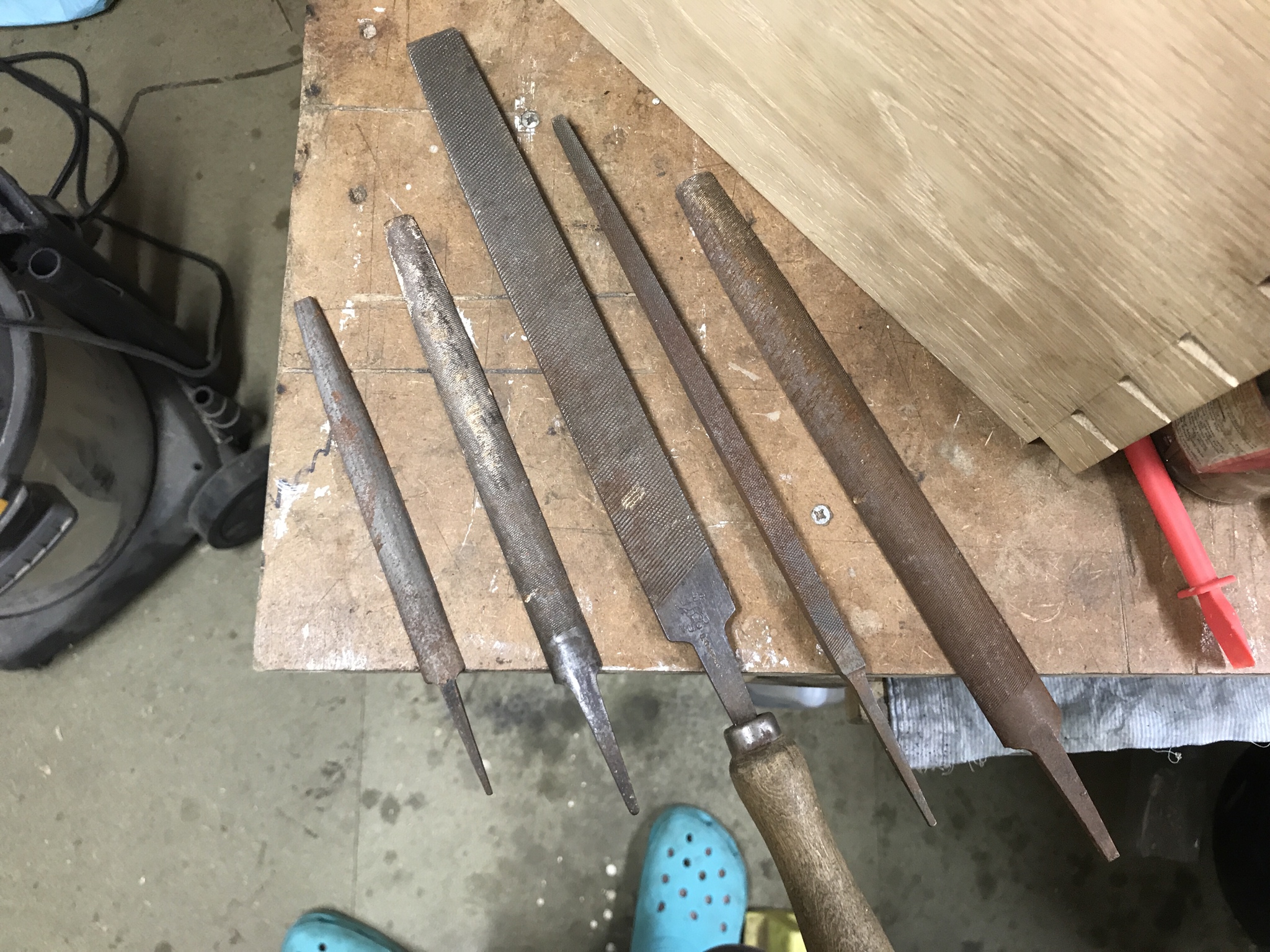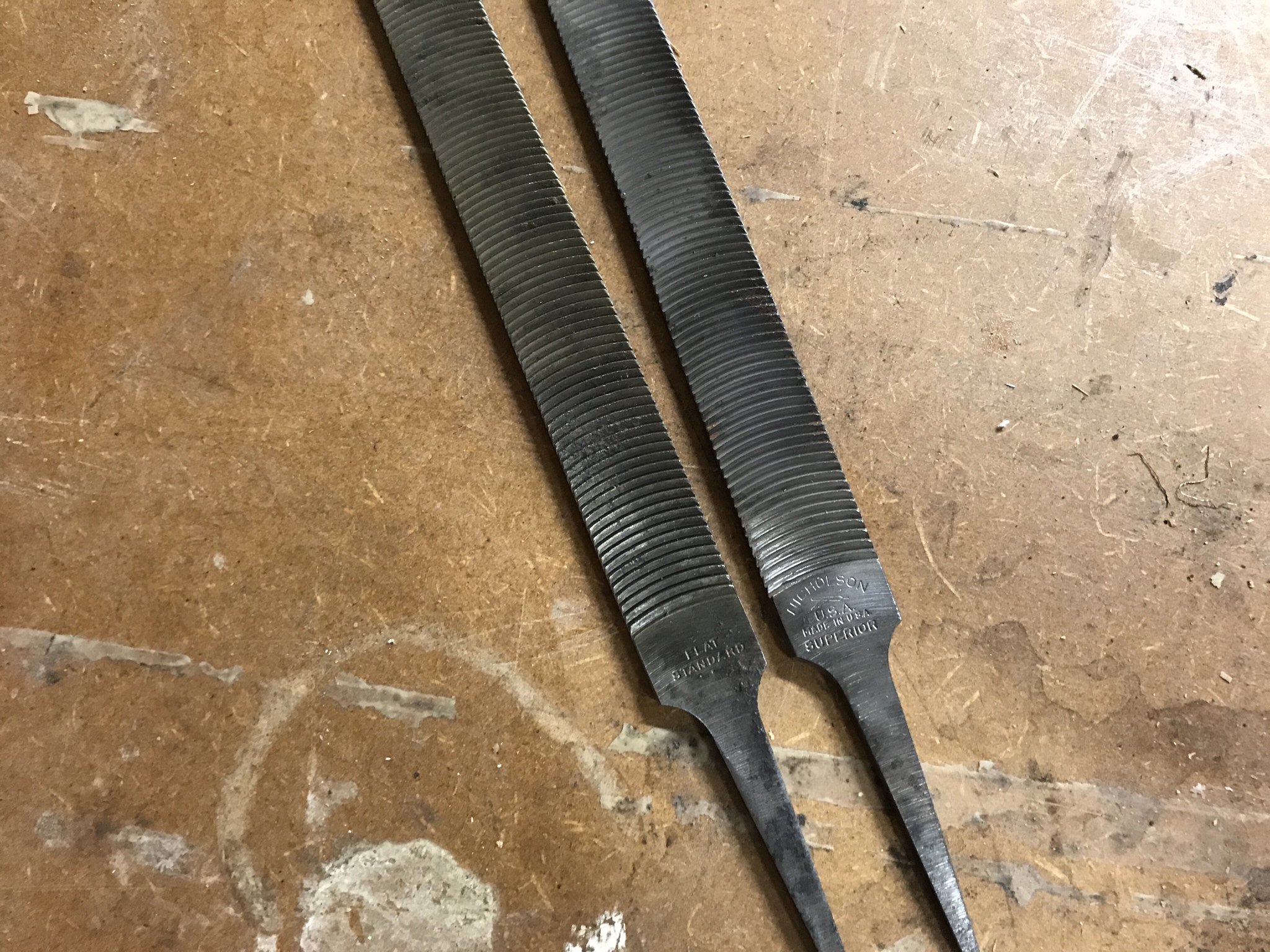I think my real issue is lacking the discretion to stop using the files before they're clapped out. Infills aren't the only thing I use them on, but they certainly get used the hardest there. For hours, and they get hot.
But, I like the aesthetic of planes without machine tool limitations (until you get into rarefied machining like Karl or others - i'll never get to that, it's too much to learn).
Boggs here charges somewhere around $3-$4 for resharpening. I'm tempted to send some real beaters to them to see how they turn out. Otherwise, as you say, most people counting them as consumables in a budget just go for the easy way (buy new), and new vs. acid treated (from my experience with phosphoric - which is really cheap here) creates a fairly significant time difference. 4 hours of filing may become 6.
But, I like the aesthetic of planes without machine tool limitations (until you get into rarefied machining like Karl or others - i'll never get to that, it's too much to learn).
Boggs here charges somewhere around $3-$4 for resharpening. I'm tempted to send some real beaters to them to see how they turn out. Otherwise, as you say, most people counting them as consumables in a budget just go for the easy way (buy new), and new vs. acid treated (from my experience with phosphoric - which is really cheap here) creates a fairly significant time difference. 4 hours of filing may become 6.






